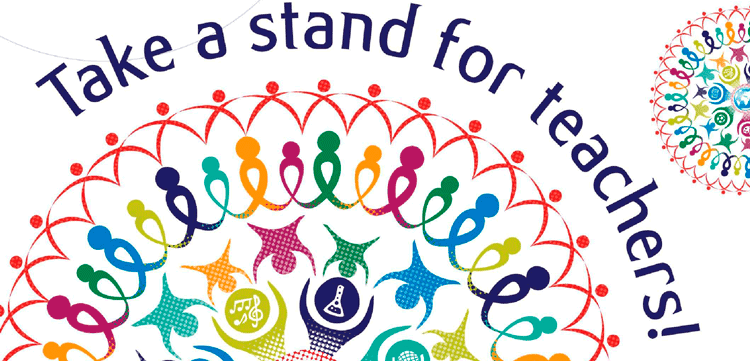ESL teachers could face disruptive behaviour from their students on a daily basis and this can lead to distress, tension and/or anxiety. For this reason it is important for teachers to take charge to ensure that they are setting effective boundaries because by simply ignoring it, it will get worse.
Robin Booth proposes that a boundary is something that the teacher puts in place in order to successfully teach a class. This normally is applied when the class setup is dysfunctional or disruptive. He developed a
"3D" model for setting effective boundaries for young students in the classroom. 3 Ds are d
etail,
Delivery & Diligence. Let´s consider that first D.
• This refers to making sure what it is that you mean when you refer to a specific boundary.
• If you want students to show good behavior, what is it exactly what you mean with “good behavior”?
• Unpack the concept & the desired behavior.
• How are you going to measure it?
• “Good behavior” is different for each age group & each class.
• How do the students define this boundary themselves? Be clear.
• Refers to the way that you present this boundary to the students.
• By simply telling them what the boundaries are, their needs are not being addressed & therefor they resist it.
• It is a need of the teachers to have boundaries, but you need to show that you have their interests at heart.
• Acknowledge their needs.
• This does not necessarily mean that you will meet their needs, but show that you are aware.
• Create a cooperative relationship; ask for their inputs & their suggestions.
• The objective is to get them to buy in on the boundary
• Setting boundaries will not work by simply developing them and then, as a teacher, not administer them.
• It is the responsibility of both the students & the teacher to enforce them.
• Thoroughness, attention to detail & consistency.
• How will you measure whether or not the boundary is being enforced?
• A system is needed to set in place.
• Students have to know it is not a once-off thing, but that is routine or a pattern.
Think of different
examples of bad behavior in the classroom and then consider how you would apply
Booth´s 3 Ds. When setting EFFECTIVE boundaries always remember the following:
What we allow is what will continue
Read more about Robin Booth´s approach by looking at (1)
the three things you need to know about (2)
classroom management.







